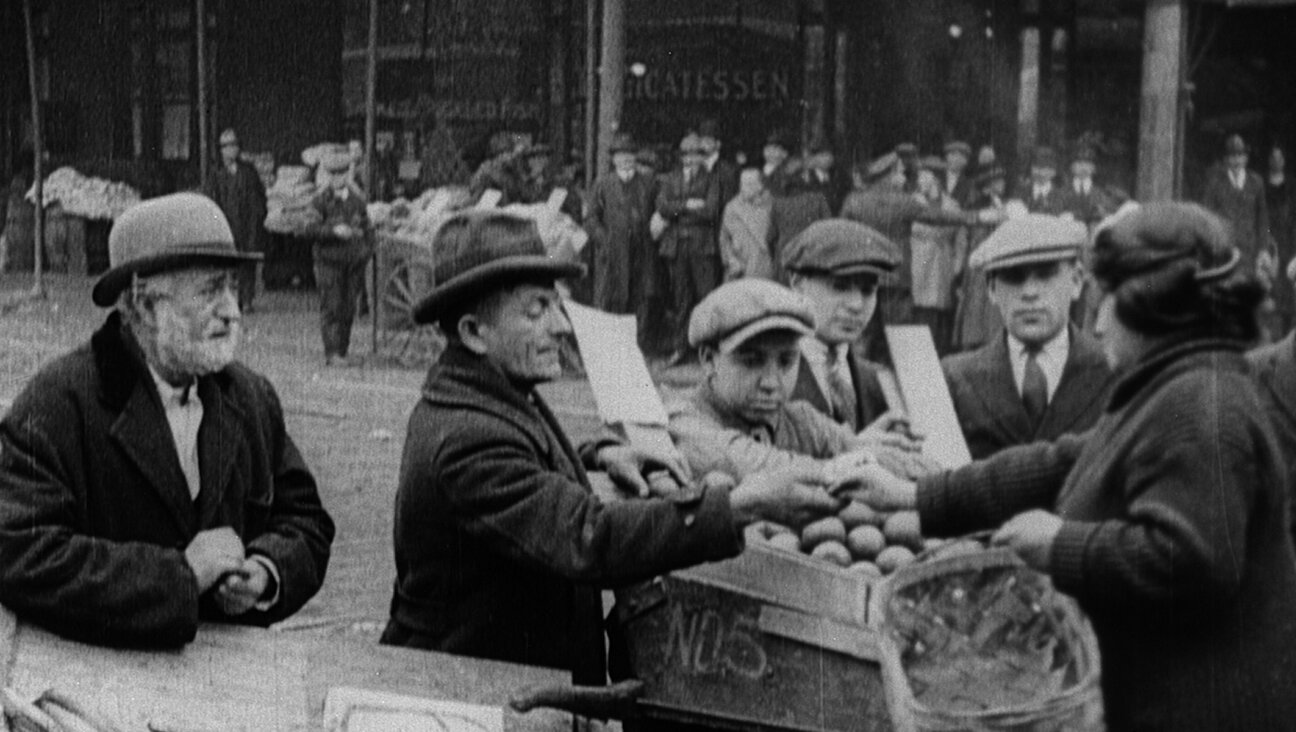New Haul of Looted Paintings Found in German Art Hoarder’s Austria Home

Art historian Meike Hoffmann speaks to the media regarding the seizure in 2011 of 1,500 paintings from Cornelius Gurlitt in Germany. Image by Getty Images
An elderly German recluse whose spectacular trove of artworks hidden in his Munich flat probably include Nazi loot kept a further 60 paintings in his home in Salzburg, Austrian media reported on Tuesday.
The Salzburg haul includes works by artists such as Monet, Renoir and Picasso, the Austria Press Agency (APA) said quoting a spokesman for Cornelius Gurlitt, whose father, Hildebrand Gurlitt, dealt in “degenerate” art confiscated by Nazi Germany.
Ever since the discovery of more than 1,400 works with a total estimated value of 1 billion euros ($1.35 billion) in Gurlitt’s Munich flat, speculation had swirled that he may have a further stash of artworks stored elsewhere.
APA said Gurlitt’s attorney, Christoph Edel, had ordered the works at his Salzburg home to be secured to guard them from theft. At Gurlitt’s request, they had also been checked by experts to see if they might have been looted by Nazi Germany.
“Initial estimates based on a first review did not harden such a suspicion,” it quoted him as saying.
A spokesman for Edel was not immediately available for comment to Reuters.
The German authorities’ discovery of the hoarded artworks in Munich in early 2012 caused a sensation when first revealed by a magazine only three months ago. The artworld was stunned by the re-emergence of paintings by some of the 20th century’s most famous artists that were long thought to have been lost or destroyed during World War Two.
But the German government’s handling of the find – which emerged during a routine investigation for suspected tax fraud – was severely criticised by groups representing owners of works that were seized by the Nazi German regime.
Germany kept silent for almost two years about the discovery and failed to publish a full list of the artworks – some of which were believed to have been plundered or extorted by the Nazis. The works found in Munich have been confiscated while their provenance is examined.
A court has since ruled Germany must publish a full list.
Gurlitt had moved freely for decades between Germany, Austria and Switzerland to sell pieces from his collection.
The legal status of many of Gurlitt’s works is ambiguous, nearly 70 years after a war in which the Nazis pillaged hundreds of thousands of art treasures from museums and from individuals, most of them Jews.
Gurlitt has demanded his art back and lawyers working on reclaiming property for heirs to Jewish collectors say he may get to keep at least some of it.
A message from our Publisher & CEO Rachel Fishman Feddersen

I hope you appreciated this article. Before you go, I’d like to ask you to please support the Forward’s award-winning, nonprofit journalism so that we can be prepared for whatever news 2025 brings.
At a time when other newsrooms are closing or cutting back, the Forward has removed its paywall and invested additional resources to report on the ground from Israel and around the U.S. on the impact of the war, rising antisemitism and polarized discourse.
Readers like you make it all possible. Support our work by becoming a Forward Member and connect with our journalism and your community.
— Rachel Fishman Feddersen, Publisher and CEO























